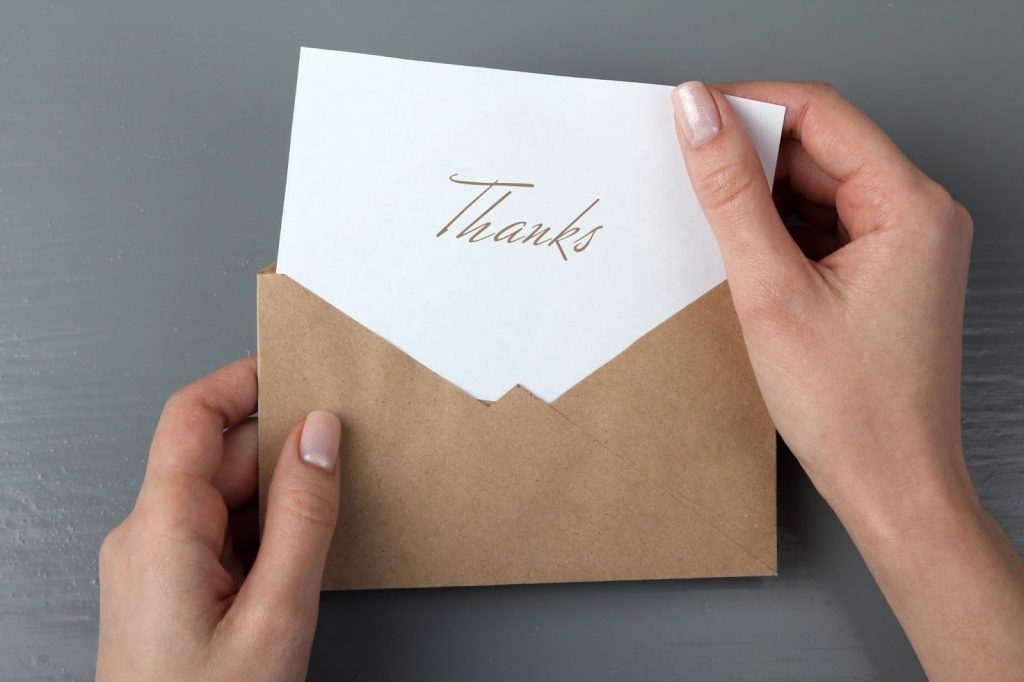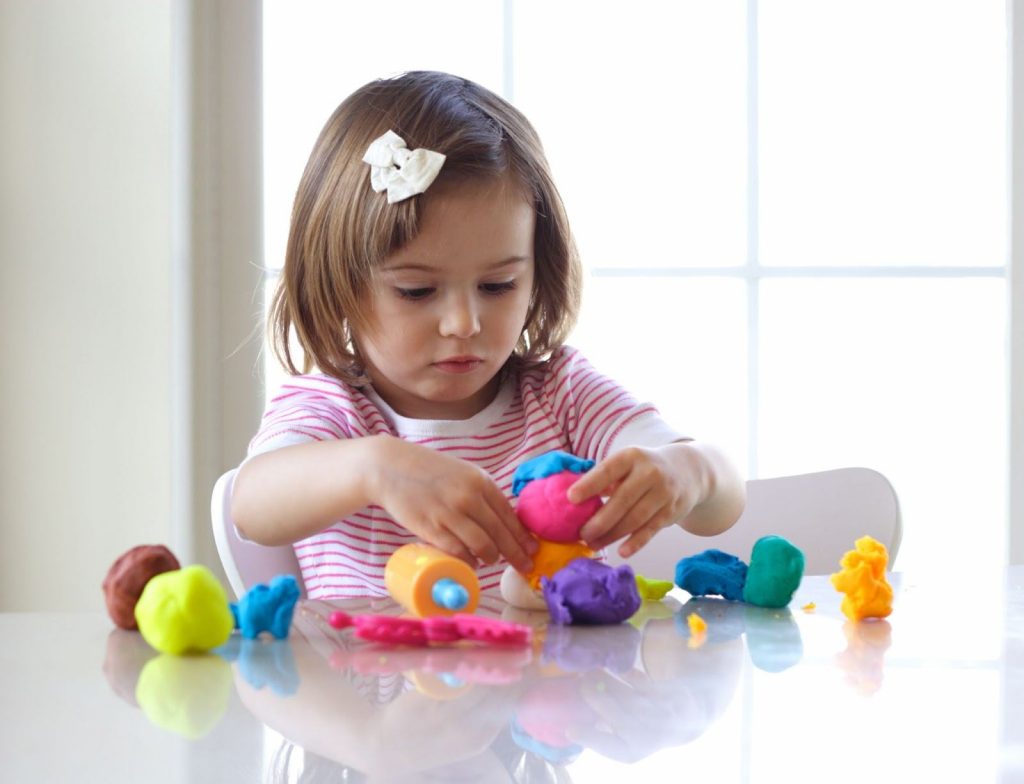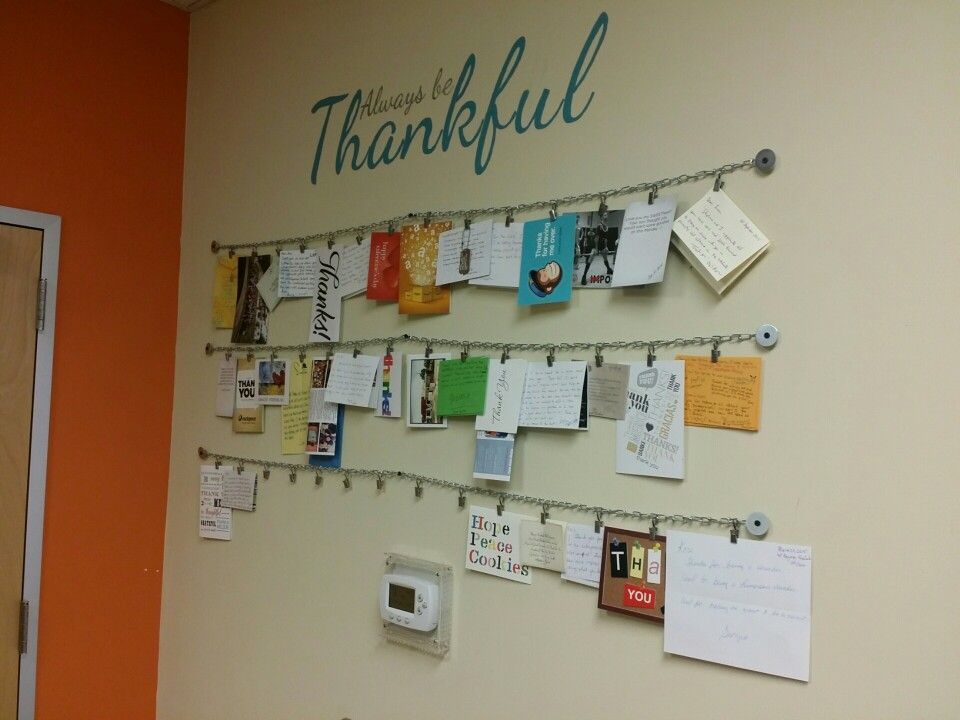It’s a sunny morning, and you’re sitting at the breakfast table with your child. They have a big smile on their face, and they start the day by saying, “Thank you for making my favorite pancakes, Mom/Dad!” How would that make you feel? Probably pretty good, right?
Math & ELA | PreK To Grade 5
Kids see fun.
You see real learning outcomes.
Watch your kids fall in love with math & reading through our scientifically designed curriculum.
Parents, try for free Teachers, use for free
Well, that’s the magic of gratitude. It’s not about fancy words or big gestures. Gratitude activities for kids are simply about appreciating the good things in life, no matter how small they may seem. And when it comes to kids, teaching them gratitude can be a wonderful gift that keeps on giving.
“Gratitude can transform common days into thanksgivings, turn routine jobs into joy, and change ordinary opportunities into blessings.”- William Arthur Ward
In this blog, we will explore simple and down-to-earth gratitude activities for kids. These activities aren’t about making your child a poet or a philosopher; they’re about helping them grow up to be kind, thoughtful, and happy individuals.
Related Reading: Prayers for Children to Teach Kids How to Be Grateful
7 Benefits of Teaching Gratitude to Kids
Teaching kids about gratitude is like giving them a superpower for life. Here are the reasons why it’s so awesome:
- Grateful kids are often happier kids. When they focus on the good stuff in their lives, it’s like a happiness booster.
- You know those moments when kids ask for more toys or snacks? Gratitude can help them appreciate what they already have, reducing the “I want more” drama.
- Grateful kids are better at sharing and saying “thank you.” That makes playdates and family gatherings more enjoyable for everyone.
- Waiting for things can be tough for kids. Gratitude helps them understand that good things come to those who wait.
- Gratitude can be a stress-buster. Instead of worrying about what they don’t have, kids learn to appreciate it.
- Grateful kids often turn into kinder kids. They’re more likely to help others and show empathy.
- Life has its ups and downs. Gratitude helps kids focus on the ups and bounce back from the downs.
Teaching gratitude isn’t just a nice thing to do; it’s like giving your child a toolkit for a happier, healthier life.
“Gratitude is not only the greatest of virtues but the parent of all others.”- Marcus Tullius Cicero
11 Gratitude Activities to Cultivate Thankfulness in Children
1. Gratitude Storytelling

Gratitude storytelling is one of the most popular gratitude activities. It’s a bit like telling a special story, but it’s all about the things we’re thankful for. We use our words and imagination to share why we appreciate those things.
Things Needed:
- Just your thoughts and imagination.
- A comfy place to sit and talk.
How to Do It:
- Find a quiet and comfy spot to sit down with your family or friends. It could be at bedtime or during a family gathering.
- One person starts by saying something they’re grateful for. It could be a person, a place, or even a small moment in their day.
- Explain why you’re grateful for that thing. Use your words to describe how it makes you feel and why it’s special.
2. Gratitude Rock Garden

A Gratitude Rock Garden is a special place where we put rocks that remind us of the things we’re thankful for. This gratitude activity is like making a colorful garden of gratitude using simple rocks.
Things Needed:
- Smooth, clean rocks (you can find them outside or buy them at a craft store).
- Paints or markers (optional).
- A quiet spot in your garden, on your windowsill, or in your home.
How to Do It:
- Go outside with your family or friends and collect some smooth rocks. You can also buy them if you prefer.
- If you want, you can paint or decorate the rocks. Use bright colors and fun patterns to make them special.
- On each rock, write something you’re grateful for. It could be simple, like “family,” “friends,” or “hugs.”
- Find a spot for your Gratitude Rock Garden. It could be in your backyard, on your windowsill, or even in a box. Arrange the rocks in a way that makes you happy.
3. Gratitude Puzzles

Gratitude puzzles are like fun gratitude games where we use pictures and words to show what we’re thankful for. They help us put together the pieces of gratitude and make a beautiful picture of appreciation.
Things Needed:
- Paper or cardboard.
- Scissors.
- Markers, colored pencils, or crayons.
- Glue (optional).
How to Do It:
- Gather your paper or cardboard, scissors, and markers or colored pencils.
- Draw or print pictures of things you’re thankful for. These could be your family, your favorite toys, or even your pet.
- Under each picture, write a word or a sentence to describe why you’re grateful for it. Keep it simple, like “family” or “makes me laugh.”
- Cut your paper or cardboard with pictures and words into puzzle-like pieces. You can make them as big or as small as you like.
- Shuffle the pieces around and mix them up. Now, it’s like a puzzle waiting to be solved.
- Start putting the puzzle back together. As you do, think about why you’re thankful for each thing you’re matching up.
4. Secret Gratitude Notes

Secret gratitude notes are like little surprise messages that make someone’s day brighter. They help us share our thankfulness in a special and secret way.
Things Needed:
- Small pieces of paper or sticky notes.
- Pens, markers, or colored pencils.
How to Do It:
- Grab some small pieces of paper or sticky notes and colorful pens or markers.
- Think about someone you’re thankful for. It could be a family member, friend, or teacher.
- Write a short and sweet note to that person, telling them why you’re grateful for them. Keep it simple, like “Thanks for making me smile.”
- Fold your note or sticky note and keep it a secret. Don’t let the person know you’re doing this.
- Hide your secret gratitude notes in places where the person will find them. It could be in their backpack, on their desk, or under their pillow.
Related Reading: Best Thanksgiving Wishes for Kids to Wish Family Members
5. Gratitude Sculptures

Gratitude sculptures are like little works of art that you create to show what you’re thankful for. They help you express your gratitude in a fun and creative way.
Things Needed:
- Play-Doh or modeling clay (different colors are fun).
- A clean table or workspace.
- Your imagination.
How to Do It:
- Make sure you have Play-Doh or modeling clay in different colors. Find a clean table to work on.
- Close your eyes and think about something or someone you’re grateful for. It could be your family, friends, a pet, or even a favorite toy.
- Use the Play-Doh or clay to create a sculpture that represents what you’re thankful for. If you’re grateful for your pet dog, make a little dog sculpture. If it’s your family, try to make small figures that look like them.
- Don’t worry if it’s not perfect! Have fun with it. You can add details, like a smile or a hat, to make your sculpture special.
- After you’ve finished your gratitude sculpture, show it to your family or friends. Explain why you made it and what it means to you.
6. Gratitude Dance

One of the most fun gratitude activities, gratitude dance is a fun way to express thankfulness through movement. It’s like telling a story with your body, showing the world what makes you grateful.
Things Needed:
- A clear space to dance.
- Music with a good beat.
- Your body and your feelings of gratitude.
How to Do It:
- Pick a song you love and that makes you feel thankful. It can be slow or fast, whatever feels right.
- Close your eyes and think about what you’re thankful for. Let that feeling fill you up.
- When the music starts, let your body move freely. Dance like nobody’s watching, and show your gratitude through your movements.
- There are no right or wrong moves. You can twirl, jump, spin, or simply sway – whatever feels good.
- Use your dance to express your gratitude. Reach out, spin around, and let your body show how thankful you are.
7. Gratitude Window Art

Gratitude window art is like painting your feelings of thankfulness for the world to see. It brings a splash of gratitude and color to your windows.
Things Needed:
- Washable window markers or paints.
- Clean windows or glass surfaces.
How to Do It:
- Make sure the windows or glass surfaces are clean and dry.
- Pick bright and happy colors that remind you of gratitude.
- Think about what you’re thankful for – it could be nature, family, friends, or anything else that warms your heart.
- Use the window markers or paints to create gratitude images and messages. Draw whatever comes to mind.
- Feel free to get creative with your designs. You can draw hearts, smiley faces, or even write “Thank You” in big letters.
Related Reading: Best Examples for a Thank You Note to Teacher
8. Gratitude Bingo

Gratitude Bingo is an interactive way to instill the values of thankfulness in children. It combines the excitement of a game with the heartwarming concept of gratitude, making it perfect for kids of all ages.
Things Needed:
- Gratitude Bingo cards (you can create these yourself or find printable templates online).
- Markers or bingo daubers.
How to Do it:
- Prepare Cards: Create or print Gratitude Bingo cards with prompts like “A family member” or “Your favorite toy.”
- Give each child a card and markers.
- Mark items you’re grateful for when prompted.
- First to complete a row or full card shouts “Gratitude Bingo!”
9. Gratitude Collage Mobile

A gratitude collage mobile is like a hanging art piece that dances with the breeze. It combines your gratitude with creativity, and it’s a reminder of the good things in life.
Things Needed:
- Lightweight materials like paper, cardboard, or foam board.
- String or fishing line.
- Scissors, glue, and markers.
- Your gratitude pictures and words.
How to Do It:
- Cut out pictures or words that represent what you’re thankful for. You can also draw your own.
- Attach your collage pieces to the lightweight materials. You can glue them on, punch holes to string them, or get creative with your own method.
- Use string or fishing line to connect your collage pieces together. Make sure it’s balanced and can hang easily.
- Hang your gratitude collage mobile in a place where it can catch the breeze. It could be near a window or in your favorite quiet spot.
- As it sways in the breeze, your mobile will remind you of all the things you appreciate.
10. Gratitude Comic Strip

A gratitude comic strip is like a little story where your favorite characters express thanks. It’s a fun way to bring gratitude to life through drawings and imagination.
Things Needed:
- Blank paper or a comic strip template (easily printable online).
- Pencils, markers, or crayons.
- Your creativity and gratitude ideas.
How to Do It:
- Think about a short story where characters or superheroes experience gratitude. It could be as simple or as adventurous as you like.
- Create characters for your comic strip. They can be real people or made-up heroes.
- Draw scenes that show your characters in different situations. Use panels on the paper or template to organize the story.
- In each scene, have your characters express gratitude. It could be through words, actions, or expressions.
- Write what your characters say in speech bubbles. Keep it simple and heartfelt.
- If you like, add colors to your comic strip. Make it bright and fun.
11. Gratitude Soundtrack

A gratitude soundtrack is like a collection of songs that make you feel thankful. It’s a way to connect your favorite music with your appreciation for life.
Things Needed:
- A device to play music (like a phone or music player).
- A quiet space to listen.
- Your favorite songs and a willingness to discuss them.
How to Do It:
- Create a playlist of songs that make you feel grateful. Choose songs that bring a smile to your face or make you think about the good things in life.
- Find a quiet space and listen to your gratitude playlist. Pay attention to how the music makes you feel.
- Share your playlist with friends or family and talk about why each song is on your list. What memories or feelings do they bring?
- Keep your gratitude playlist going. Add new songs that you discover and connect with gratitude.
- Play your gratitude soundtrack whenever you need a reminder of the things you appreciate.
Related Reading: Kindness Activities for Kids to Develop Positive Values
Conclusion
“Gratitude makes sense of our past, brings peace for today, and creates a vision for tomorrow.”- Melody Beattie
Gratitude activities are like a warm hug for your heart. It’s about saying “thank you” not just with words, but with actions that show how much we appreciate the people and things in our lives.
Thankful activities from making a Gratitude Map to dancing your thanks, from drawing on windows to creating time capsules filled with grateful notes, there are so many ways to bring gratitude into your life in a fun and meaningful way.
You don’t need fancy words or big gestures to be thankful. Simple things like a thank-you card or a dance can spread smiles and make the world a brighter place. So, let’s start today. Let’s paint our gratitude, dance our thanks, and create a world full of smiles and warm hearts. Gratitude is a gift we can all share, and it’s one that keeps on giving.
Related Reading: Good Manners for Kids: A Guide to Instilling Respect and Courtesy
Frequently Asked Questions (FAQs)
What are some gratitude activities for students to do in the classroom?
Incorporating gratitude ideas into the classroom can be a valuable way to promote a positive and empathetic learning environment. One gratitude activity for students is gratitude journaling, where students are encouraged to write down one thing they’re grateful for each day. Other activities that you can try include writing thank-you notes and gratitude scavenger hunt.
How do you teach gratitude to children?
Teaching gratitude to children involves modeling thankfulness, encouraging them to say “thank you,” and engaging in gratitude activities like journaling or sharing appreciation stories.
What is an example of gratitude for kids?
An example of gratitude for kids is thanking a friend for sharing their toys or telling a family member why they appreciate their help or kindness.
























